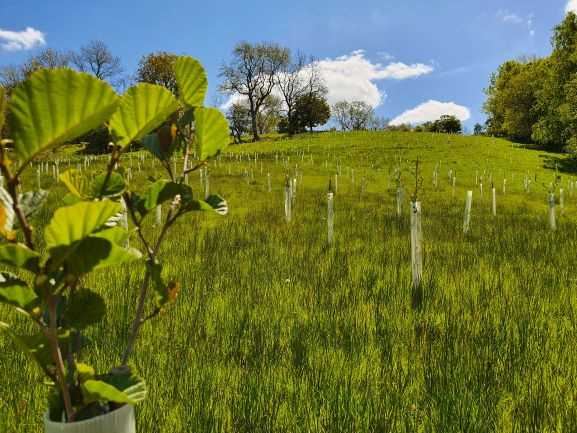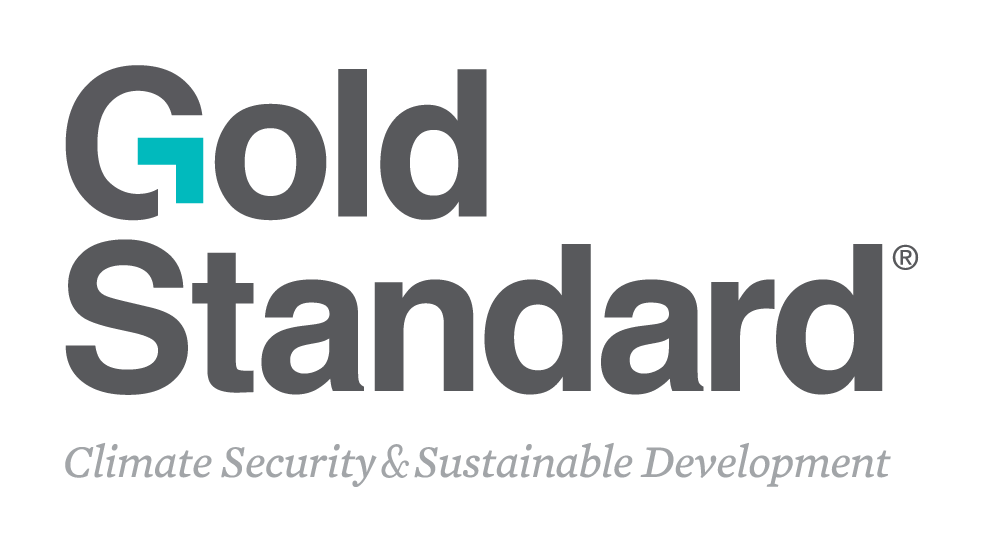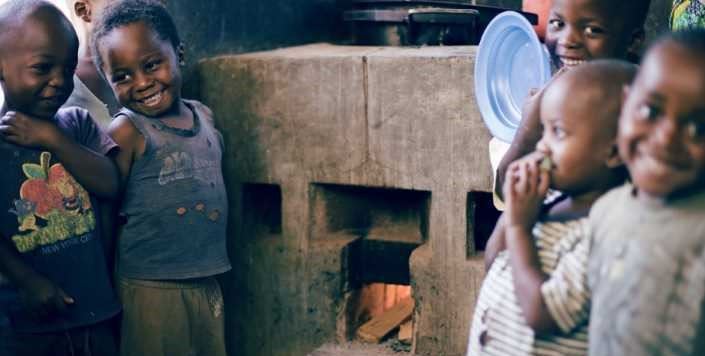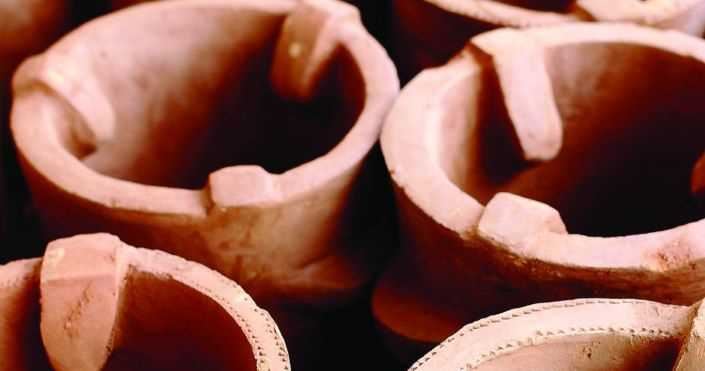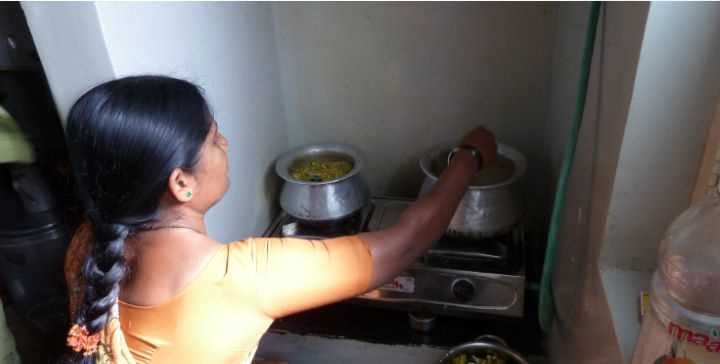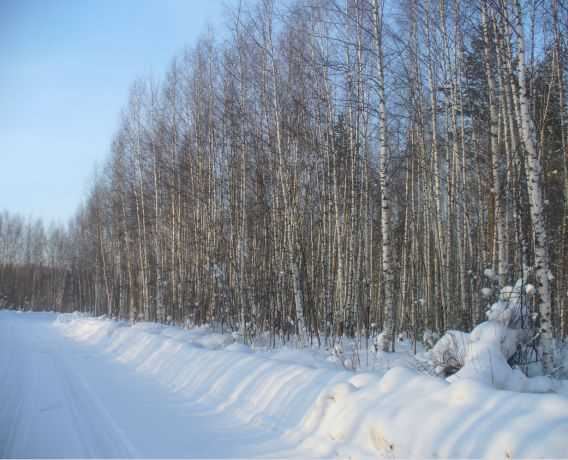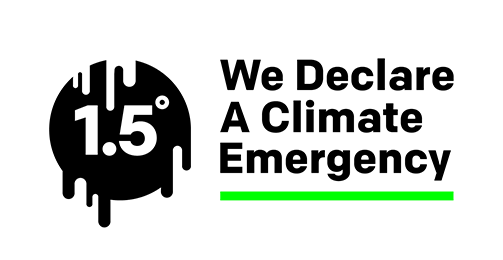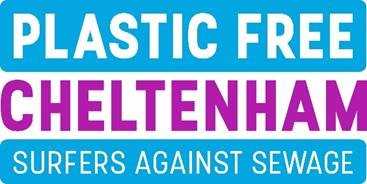Send a message 0333 344 5890 |
Offset the emissions you cannot reduce
Offsetting is about investing in projects that save or remove carbon elsewhere to balance the emissions that you have generated. When you offset with us, we will use certified carbon credits to ensure your offsetting is accounted for correctly and we will ask you to contribute towards our tree planting programme.
Why do we use both carbon credits and tree planting?Tree planting is a highly beneficial way to offset greenhouse gas emissions as it physically removes carbon from the atmosphere and helps to promote biodiversity. This is why we ask everyone who is offsetting with us to contribute towards our tree-planting programme. The downside is that the carbon is removed as the tree grows so it takes years for the full effect to be realised. This makes tree-planting unsuitable to offset emissions that have already happened. Also, although we take every care to ensure that our trees are nurtured for at least 50 years, the future is uncertain and there is no way to guarantee that every tree will remove the same amount of carbon and that they will never be cut down. For this reason, we also purchase and retire carbon credits, which are independently certified to have saved a tonne of carbon dioxide equivalent for each credit purchased. This means that, once we have calculated your carbon footprint accurately, you can be confident that you have offset the right amount to support your claim to be carbon neutral. Our tree planting programme
|
Improved cookstoves for East AfricaExposure to indoor cooking smoke is the world’s leading killer of children under five and is reported to be responsible for around four million deaths per year. In addition, Malawi alone loses 2,000km2 of forest a year due to 93% of the country’s energy demand coming from wood fuel. 91% of rural households use traditional three-stone stoves that use a lot of wood, produce prodigious smoke and cook food relatively slowly. The domestic cook-stove model is called the Chitetezo Mbaula in Malawi and Canarumwe in Rwanda. This stove can be used as a portable stove or can be fixed and has a laboratory test efficiency of 30.6%, more than three times the efficiency of the baseline three-stone stoves, which results in reduced fuel consumption, improved heat transfer, raising the cooking pot to the hottest point above the flame and improved heat retention. The ceramic stove is produced locally, using locally-available materials, creating employment in a sustainable industry. The project has reached more than 3.5 million Malawians since 2006 and provides income to about 3000 people, mostly women.
Benefits of the projectSafer childhoods:
Employment:
Reduced household labour and improved livelihoods:
Stable Farming Environments:
Visit website Gold Standard Certified Project GS01265
|
Renewable, Community Biogas in IndiaMost Indian families rely on firewood and kerosene to meet their daily energy needs for cooking. Each week, women and children collect firewood from the nearby forests, which eventually in a longer period contributes to deforestation. Traditional cooking methods based on firewood also cause respiratory and ocular infections among users, mainly women and children. Eventually, the use of chemical fertilizers for agriculture reduces the soil yield and its fertility. Providing each family with a biogas tank directly contributes to reduce the pressure on wood resources and allows beneficiaries to produce their own natural fertilizers for their crops. Biogas is a renewable energy, produced via the fermentation and decomposition of animal dung retained inside an airtight tank (known as a digester).
The project aims to construct 5000 biogas units. Each household in the project will be provided with one biogas unit, allowing access to clean and renewable energy for daily cooking needs Run by the GoodPlanet Foundation, this project is implemented in the Sidlaghatta, Devanahalli, Doddaballapura, Tumkur and Gubbi districts of the Karnataka state in India. It has 3 specific goals:
Environmental Impacts
Socioeconomic Impacts
Gold Standard Certified Project GS00716 This project supports Sustainable Development Goals...
|
Fossil fuel replacement in EuropeThis project supports Sustainable Development Goals...
| This project replaces fossil fuels in a wood processing manufacturing plant in the Russian Federation with biomass and hence leads to a substantial reduction in the plant’s greenhouse gas emissions. This project has enhanced a more sustainable development and has led to substantial social, economic & environmental improvements in the whole region. The KronoClimate project encompasses the sustainable resource management of the wood manufacturing plant Kronostar. The main goals of the project are to replace fossil fuels (mostly peat and heavy oil) by biomass in the factory's central energy generation, to implement a regional management system for wood wastes and to promote FSC certified forest management for the supply of raw materials. The project reduces greenhouse gas emissions by substituting CO2-neutral biomass for the commonly used fossil fuels in the central process of heat generation and avoids methane emissions by implementing a regional waste management system. Heat generation is done with modern, efficient and reliable biomass boilers using a naturally abundant energy source. FSC and waste management improves the overall environmental situation. Environmental impacts

Gold Standard Certified Project GS00638 |
Is our offsetting suitable for both Carbon neutral and Net Zero?Whilst offsetting is a fundamental part of both carbon neutral and net zero programmes, the way it is used in each type of programme is quite different:
We don't currently include any certified carbon credits based on carbon removals since there are very few currently available and the price is high. This should not be a huge problem as any business wanting to achieve Net Zero should be focussing on eliminating, reducing and substituting 90% of their emissions for the time being. Note: It is perfectly possible to combine Carbon Neutral offsetting with a plan to achieve Net Zero. |

